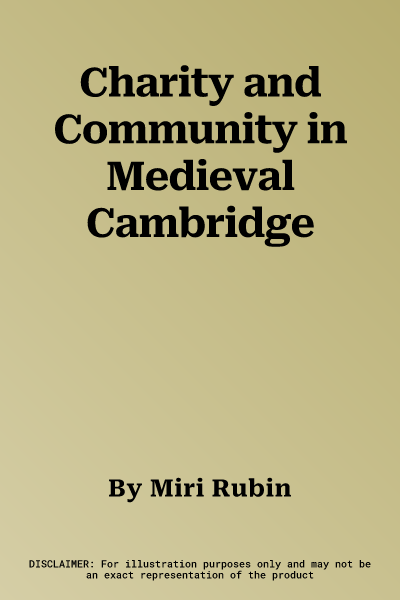Miri Rubin
(Author)Charity and Community in Medieval CambridgeHardcover, 30 January 1987

Temporarily out of stock
Free Delivery
Cash on Delivery
15 Days
Free Returns
Secure Checkout

Part of Series
Cambridge Studies in Medieval Life and Thought: Fourth
Part of Series
Cambridge Air Surveys
Part of Series
Cambridge Studies in Medieval Life and Thought
Part of Series
Cambridge Studies in Medieval Life and Thought: Fourth Serie
Print Length
379 pages
Language
English
Publisher
Cambridge University Press
Date Published
30 Jan 1987
ISBN-10
0521323924
ISBN-13
9780521323925
Description
Product Details
Author:
Book Format:
Hardcover
Date Published:
30 January 1987
Dimensions:
21.59 x
13.79 x
3.4 cm
Genre:
British
ISBN-10:
0521323924
ISBN-13:
9780521323925
Language:
English
Location:
Cambridge
Pages:
379
Publisher:
Series:
Weight:
580.6 gm